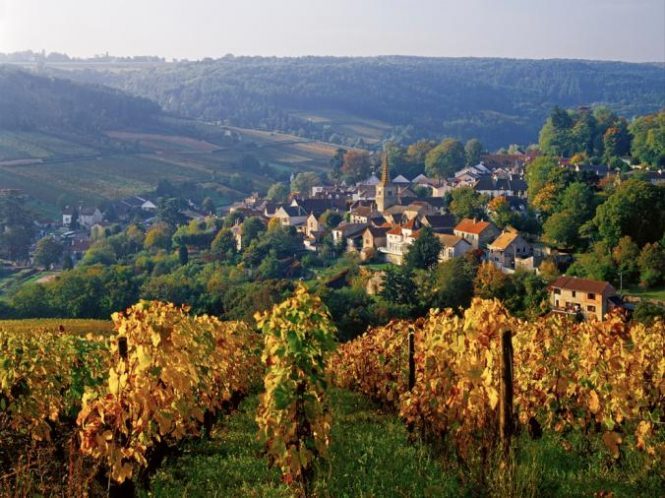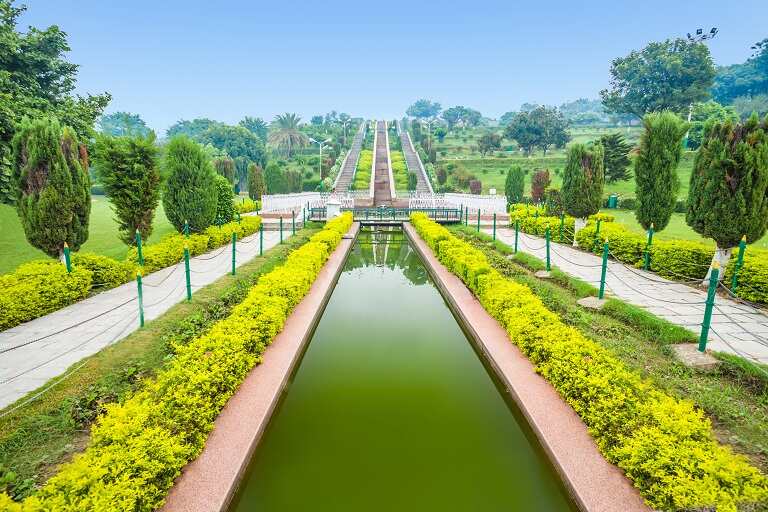
10 Cultural and Historical Landmarks in Spain
Table of contents
In a country like Spain, you are likely to see many iconic places to get the best perspective of the city and famous landmarks in Spain. All cultures and nations have their way of living and heritage to maintain. Many historical landmarks stand out among them that make them stand out from each other. There are ten cultural and historical landmarks in Spain that you cannot miss if you plan a Spain trip.
1. Sagrada Família, Barcelona
Although the city itself of Barcelona is aesthetically stunning in its own right, the unfinished masterpiece by Antoni Gaud that is the Sagrada Familia church, is mind-blowing.
Once the installation is completed and the church is completed, it will likely be the tallest church in the world. As a construction site, the cathedral can still be toured, so visitors can enjoy viewing it from within and outside and climbing up one of the spires for a remarkable view of a famous landmark in Barcelona.
2. The Aqueduct, Segovia
It dates back to the first century and is regarded as one of the best-preserved Roman aqueducts in the world. It extends about nine miles from the city center before reaching the vast stone structure. A total of 167 arches lie next to the city. There are some double arches and some single arches. It is considered one of the famous landmarks in Spain. Segovia is the ideal place for a day trip from Madrid, with its aqueduct, cathedral, and fairytale-like castle.
3. El Tajo Gorge, Ronda
Ronda dates back to the 9th century BC, making it one of Spain’s oldest towns. Besides being quaint and picturesque, Ronda has an impressive gorge that splits it. It looks different from every angle, perfect for budding photographers hoping to capture a memorable image. This is one of the best cultural places to visit in Spain if you want to get a glimpse of the local culture. You can even walk across the Puente Nuevo bridge to cross the gorge.
4. The Alhambra, Granada
The Alhambra was the first palace to be constructed in 1292. With its built-in Moorish architecture and the addition of Christian kings in the 16th century, the palace illustrates the influence of many different architectural and artistic styles. Perched on a hilltop near Granada, this castle, which UNESCO lists as a World Heritage Site, is fascinating to explore and is also surrounded by spectacular views of Granada and the surrounding countryside. Flowers bloom and Mudéjar-style fountains are abundant throughout the beautiful gardens.
Two of the essential elements of the Alhambra are its four courtyards: the Court of Lions and the Court of Myrtles. The first courtyard features a fountain, while the latter has a large pool. You can also explore its magnificent gardens and other historical places in Spain, whereas the Alhambra Museum is dedicated to presenting art from the Nasrid era to archaeology findings.
5. Seville Cathedral
In addition to being a World Heritage site, the Seville Cathedral also contains the resting place of Christopher Columbus, the first European to sail around the world.
It is an impressive gothic building and is the second-largest cathedral globally, only being surpassed in size by London’s St. Paul’s Cathedral and Rome’s St. Peter’s in terms of floor area at 11,520 square meters. Many people go so far as to claim that the volume in the country is the highest.
Moreover, the tomb of Christopher Columbus has been a significant attraction to tourists as one of the cultural places to visit in Spain, who have come in droves to see the historic site where the explorer slept.
6. El Escorial
The Spanish palace was built as a monument to commemorate Spain’s victory over France at the Battle of St Quentin. It was designed between 1563 and 1567 by Juan Bautista de Toledo, a Spanish architect who spent most of his career in Rome. As the empire’s center and king’s palace, it would eventually serve as the king’s residence.
The basilica is the core of the complex, containing stunning works of art and statues made of white Carrara marble, created by famed Spanish and Flemish artists throughout the 16th, 17th, and 18th centuries.
It’s easy to spend a day admiring historical places in Spain, and planning an itinerary is worthwhile.
7. Toledo Sephardic Museum
This one-of-a-kind museum contains museum exhibitions in several categories – history, culture, heritage, and contemporary issues – that cover the significant facets of Toledo’s Jewish heritage.
The Toledo Sephardic Museum encompasses the long history of the Jewish people in Spain, from Roman times to the time of expulsion in the 15th century. There is a great deal of history in Toledo’s Sephardic Museum. The building it is located in was itself created as a synagogue during the 14th century.
Peter of Castile is thought to have granted permission to construct the synagogue as a token of his gratitude for Samuel ha-Levi’s service as a royal councilor and treasurer for his monarchy. It is still possible that he allowed the synagogue’s building as some compensation for the destruction that the Black Death had upon the Jewish community in 1348.
8. La Sagrada Familia
UNESCO has declared the Sagrada Familia the world’s first and only unfinished church, the final resting place of its designer Antoni Gaudi. La Sagrada Familia is considered the famous landmark in Barcelona.
Barcelona’s most famous son Antoni Gaudi began working on La Sagrada Familia in 1882 when Francisco de Paula del Villar was an architect. Over 43 years, Gaudi spent over 40 billion euros (more than 43 decades) developing La Sagrada Familia – he considered it his holy mission and poured his own money into the project to avoid losing the funds initially earmarked for it.
9. Cuenca
Built along the steep sides of a mountain, Cuenca is situated between Madrid and Valencia. It is a beautiful example of a medieval city. Many “hanging houses” are built right up to the cliff edge in Cuenca, a treasure of Castilla La Mancha province.
10. Mezquita of Cordoba
It is a fascinating building full of pillars and arches, with its main hall surrounded by a forest of pillars and arches. It would later become a Visigothic church before the Umayyads transformed it into a mosque. When the Roman temple was demolished, a Visigothic church would take its place. During the Spanish Reconquista, a massive Moorish building was converted into a cathedral located in its center.
Conclusion
If you are unfamiliar with the history and culture of Spain, you are likely to miss many things. In your search for the ideal way to explore all these areas, the good news is you have now the chance to do so in the most efficient manner. The opportunities to see these landmarks provide a unique perspective of the city and should not be missed.
FAQs
1. Where does Spain get its fame from?
Besides its delicious food and stunning landscape, the culture is easy-going, and its food is delicious. Some of the world’s biggest cities, such as Barcelona, Madrid, and Valencia, are known for their unique cultures, languages, and sights. Spanish festival events La Fallas and La Tomatina draw large crowds from within Spain and abroad.
2. In what part of Spain is the food most popular?
It’s paella. A popular dish, paella, comes from Valencia and is usually made with meat or seafood in Spain.
3. What makes Spanish cultures unique from others?
Additionally to their ancient roots in Roman culture, Spain is also the land of pre-Roman civilizations, including the ancient civilizations of Iberia and the Celts.
Table of contents
Trending blogs for you
 18002099100
18002099100




















